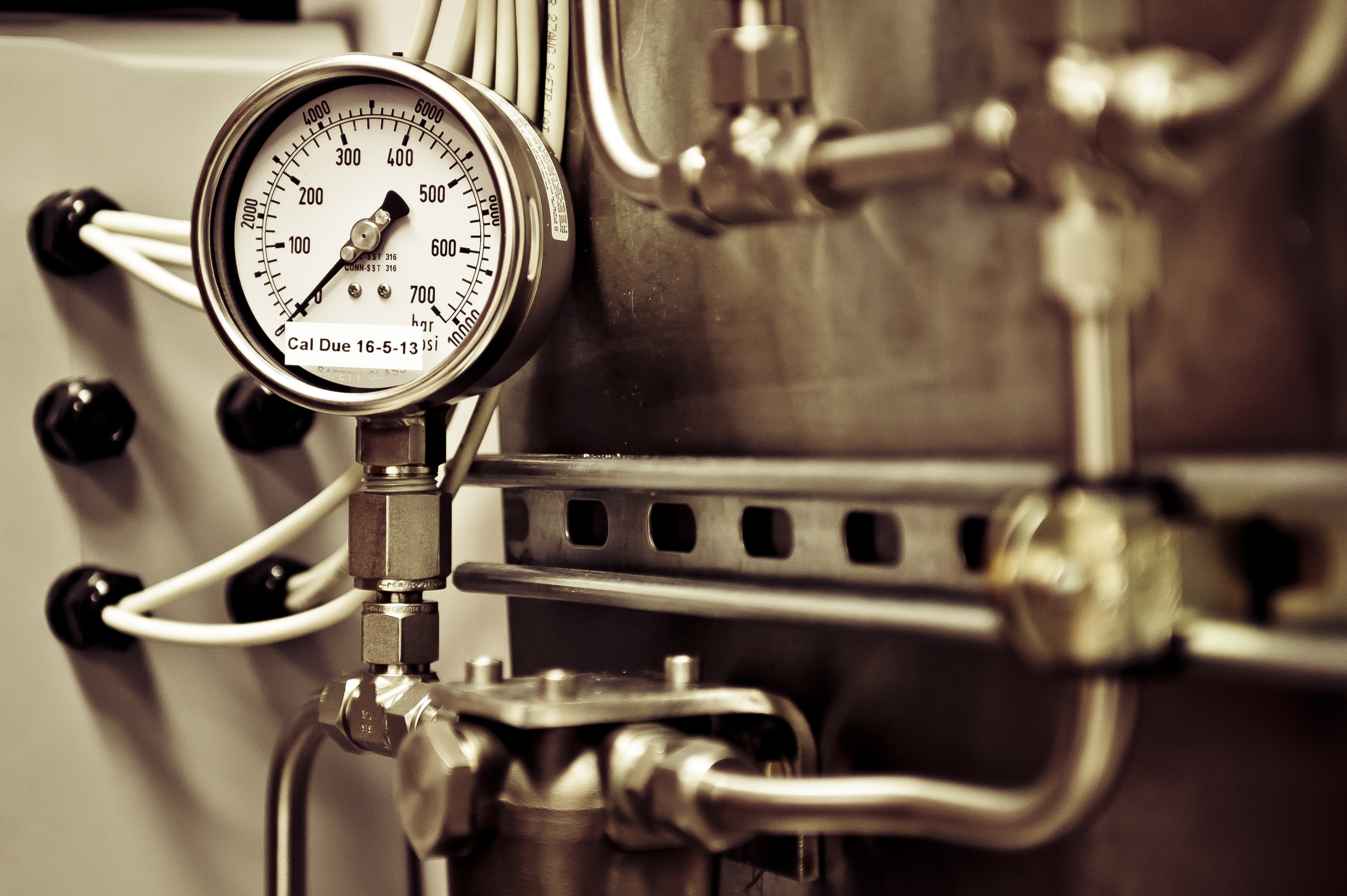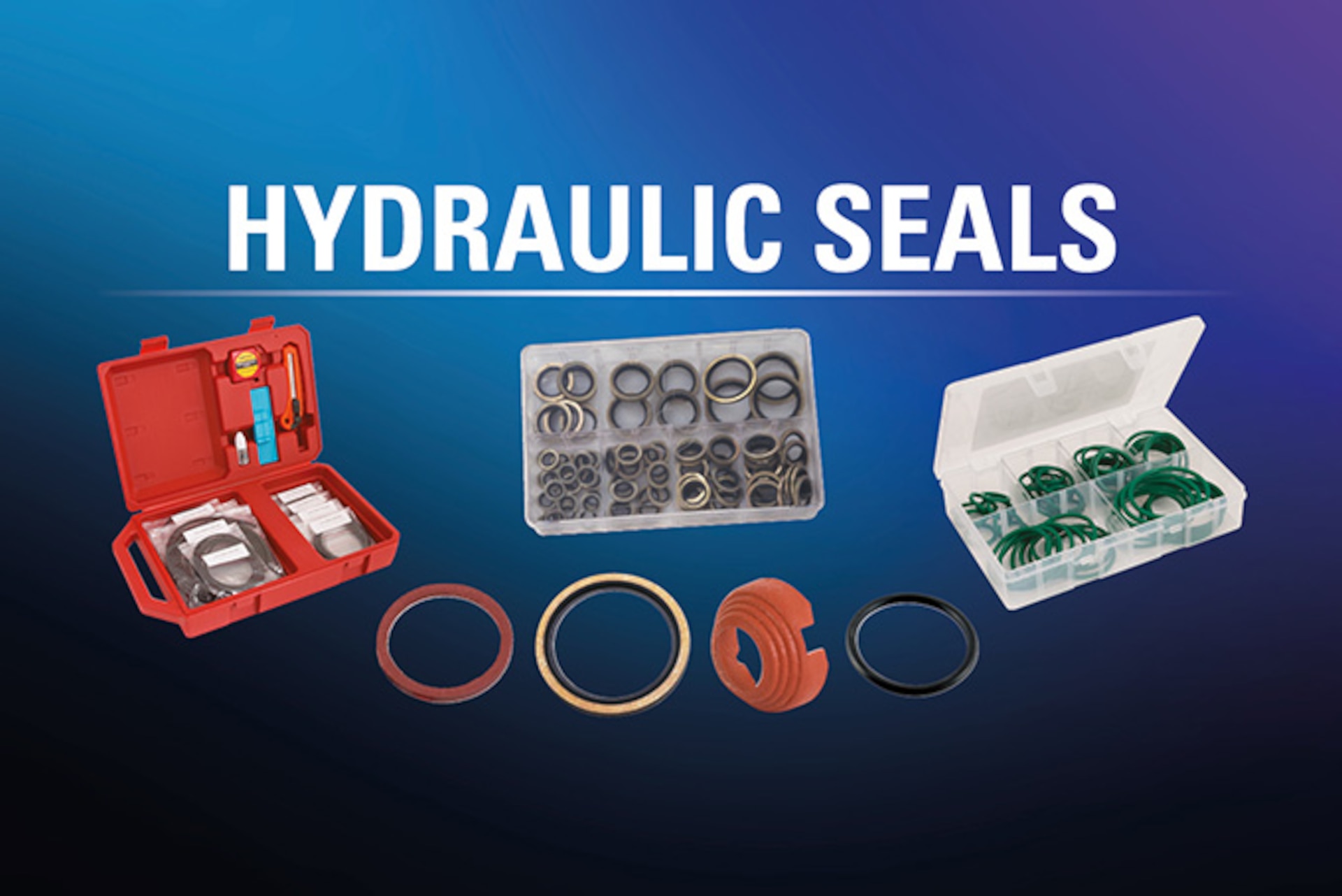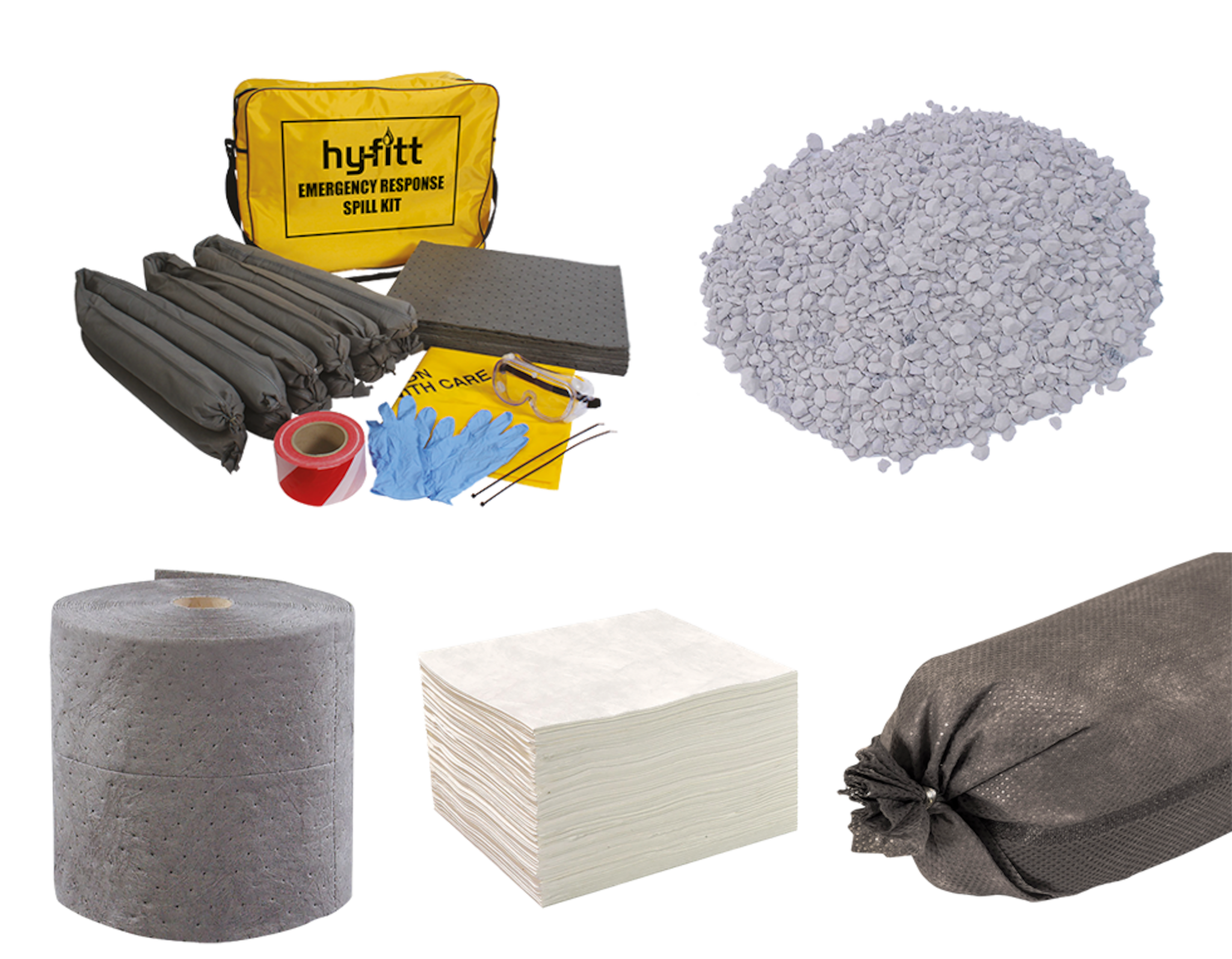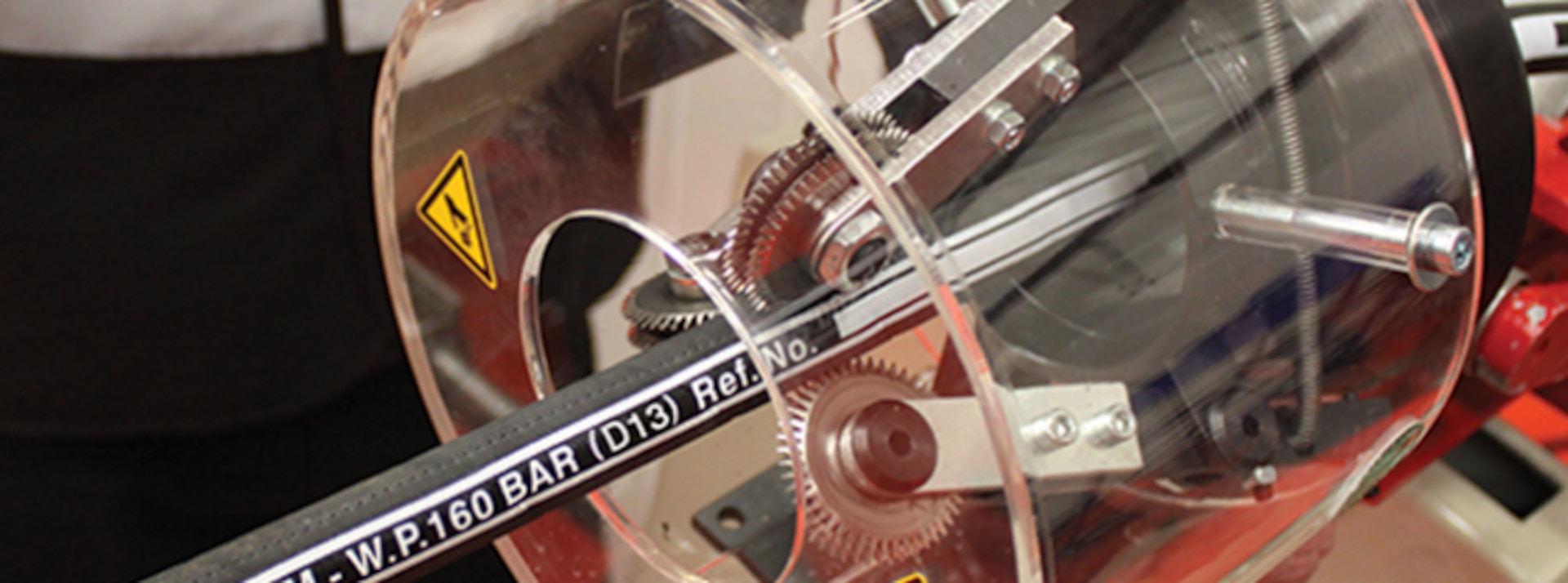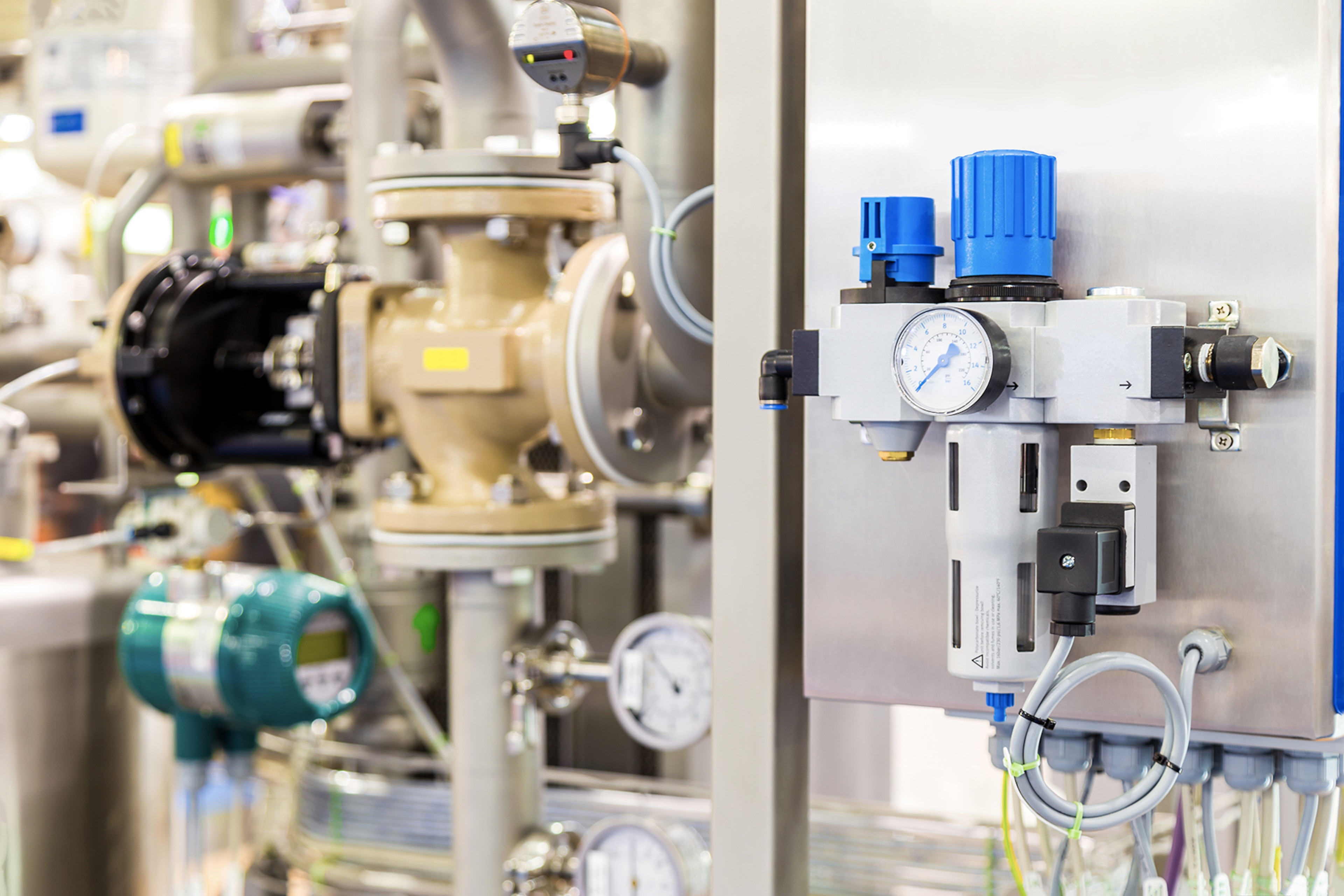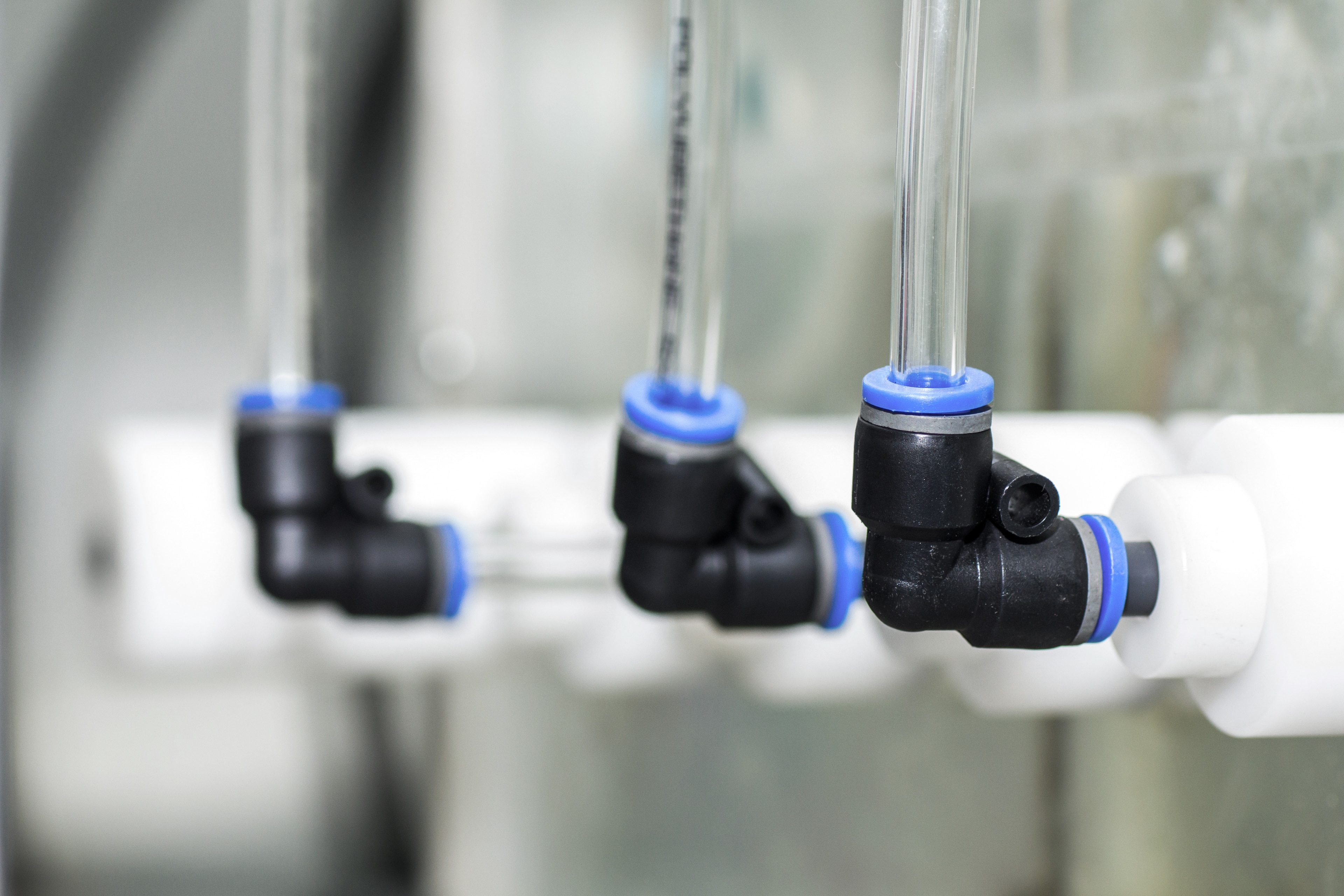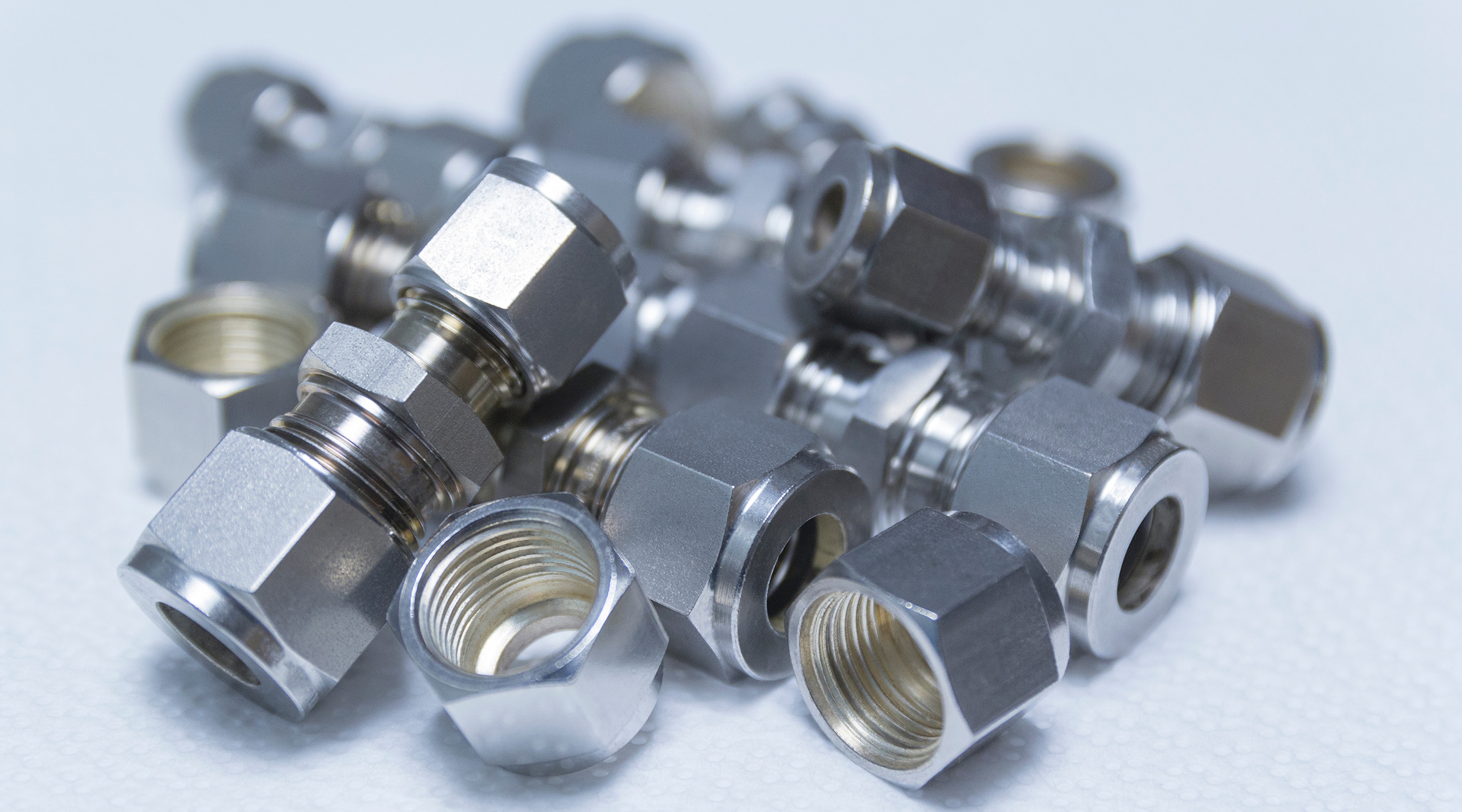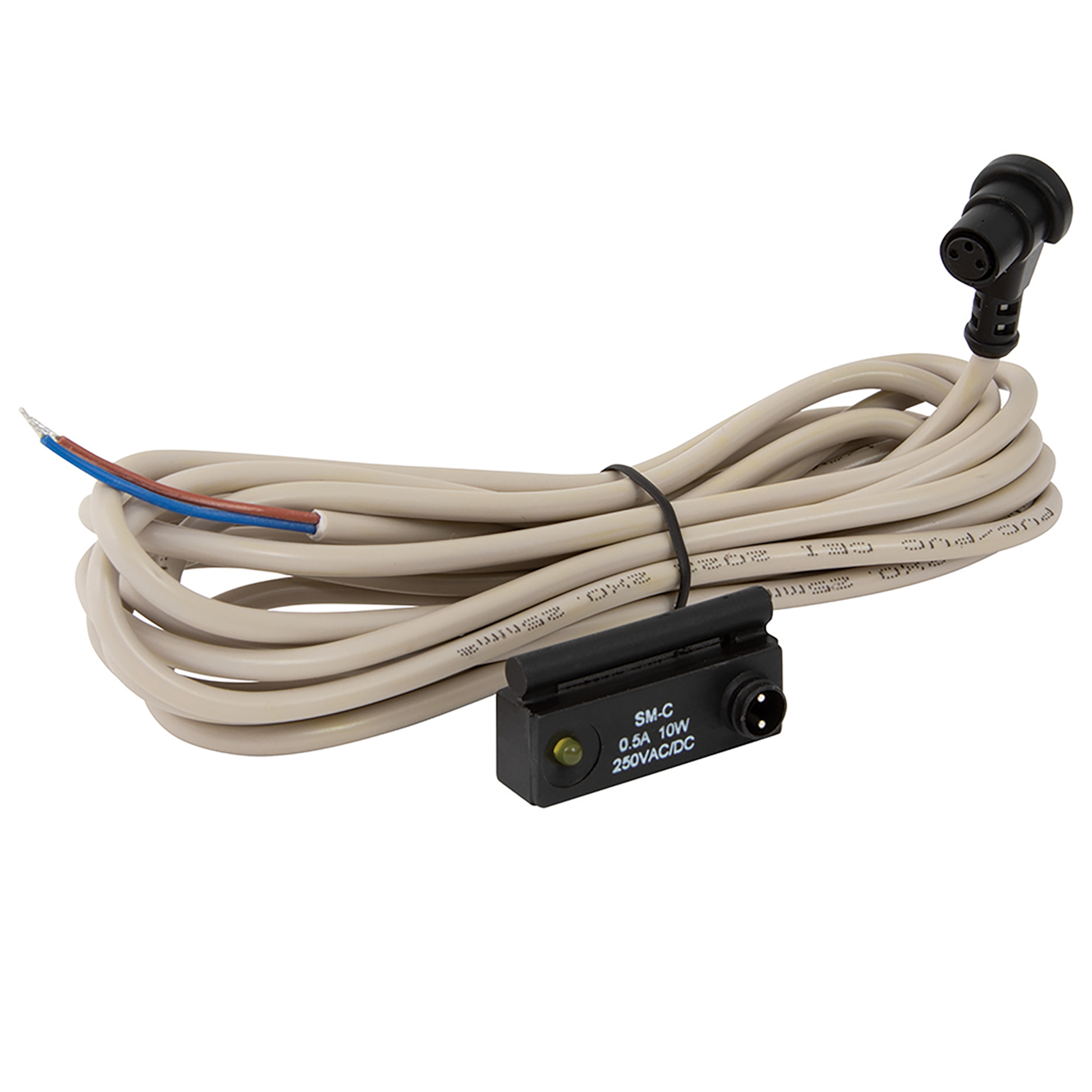
The Complete Proximity Sensor Guide

Flowtech
What are Proximity Sensors?
Proximity sensors are used to detect objects or media without physical contact. As such, they are classified as non-contact devices and are commonly used to detect the presence of objects that could be affected by physical contact with a measuring device. The non-contact nature of proximity sensors also means that they tend to be more durable than other types of detection devices. While different types of proximity sensors use different detection technology, most are simple to use and provide fast results
Proximity Switches
Often viewed as interchangeably with proximity sensors, proximity switches are actually not the same as proximity sensors. While proximity sensors are non-contact devices that detect the presence or absence of a media or object, proximity switches open and close an electric circuit after detecting the presence or absence of an object within a specific range.
Position Sensors
Position sensors measure linear (let, right, up and down) or rotary (clockwise and anti-clockwise) movement in a huge range of industries and applications including agriculture, motorsports and even special effects in films. They are also commonly used in moving ramps and elevators. While both linear position sensors and rotary position sensors are non-contact, rotary position sensors are either single or multi-turn.
Pneumatic Switches
Pneumatic switches use air, which is sent down a PVC tube, to activate a device switch. Often used in a variety of industries and applications, pneumatic switches are a popular alternative to electric switches. In addition, since pneumatic switches do not involve electricity, they are safe to use in wet environments. As such, they are frequently used in spa and health clubs to control sauna and steam rooms, public showers, public toilet flushes and medical bed controls. Pneumatic switches come in different types including bellows switches, footswitches, hand control switches and push-button switches.
Pneumatic Sensors
Used to control automated machinery and equipment, pneumatic sensors are used to obtain position feedback. Pneumatic sensors — which most commonly are magnetic proximity sensors — are often used to obtain information about the position of a piston in pneumatic cylinders.
Position Switches
Also sometimes called limit switches, position switches are used to obtain information about the position of a valve or another object. Position switches are commonly used in the marine and offshore industries, as well as the food industry. Those looking for ease of use, even in tricky to reach places, should opt for a wireless position switch.
How do proximity sensors work?
Proximity sensors transfer data about the existence or non-existence or movement of an object or media into an electrical signal. However, there are some differences in the way that different types of proximity sensors work.
- Capacitive proximity sensors provide information about an object or media by detecting variations in capacitance that trigger the sensor. Capacitive proximity sensors can detect metals, powders, water, liquids and resin. Some of the factors that should be taken into account when selecting a capacitive proximity sensor include body style, switching output type, output function, sensing range, IP rating and response time.
- Inductive proximity sensors provide information about an object by detecting eddy currents and impedance changes when an object enters a certain range. Inductive proximity sensors are used to detect metals such as aluminium, brass, copper and iron. Some of the factors that should be taken into account when selecting an inductive proximity sensor include body style, IP rating, switching frequency, switching output type, installation type, sensing range and response type.
- Magnetic proximity sensors provide information about an object by using a magnetic field. Magnetic proximity sensors only detect ferromagnetic objects and are suitable for measuring rotational velocity. Some of the factors that should be taken into account when selecting a magnetic proximity sensor include body style, sensing range, magnetic alignment, IP rating, magnetic sensitivity, switching frequency and switching output type.
Where are proximity sensors used?
Proximity sensors are utilised in a range of environments and applications where an object needs to be detected in a specific range. Some of the industries that use proximity sensors include logistics, transportation, agriculture, quality assurance, and food processing and manufacturing
What technology do position sensors use?
Different types of position sensors use different technology.
- Inductive technology uses alternating current measurements to establish a linear position. This is non-contact technology.
- Potentiometer technology is used in linear and rotary sensors. This is contact technology.
- Hall effect technology is commonly used in rotary sensors and less frequently in linear sensors. This is non-contact technology.
- Eddy current technology measures rotary and linear movements. This is non-contact technology.
What are position sensors used for?
Position sensors are used in a variety of industries and applications. Some of the applications where position sensors are commonly utilised include robotics, food and beverage manufacturing, agriculture, packaging and industrial processing. Some of the applications of position sensors include labelling control, eclectic cart throttle control, ramp positioning, ticket barrier opening, MRI machines and CCTV camera positioning.
What is an ultrasonic proximity sensor?
Ultrasonic proximity sensors detect the presence or absence of an object by sending high-frequency ultrasonic waves. The presence of an object is detected when the wave is reflected back to the sensor. Ultrasonic proximity sensors can also measure the distance of the object from the sensor by measuring how long it takes for the ultrasonic wave to return. Ultrasonic proximity sensors can detect an object up to 15 metres away. They work with a wide range of media and objects such as metals, liquids, powders, plastics, wood, translucent glass and even cardboard, but cannot detect materials that absorb sound such as wool cotton and foam.
What is a photoelectric proximity sensor?
Photoelectric proximity sensors use a light beam to detect the presence or absence of an object. The sensor detects the object when the light is interrupted. The main advantages of photoelectric proximity sensors include the fact that they detect all media, including transparent materials, and have a long range of 200 metres.
What should I think about when selecting a proximity sensor?
There are a few things to keep in mind when selecting a proximity sensor. Here are just a few:
- What is the sensing distance? What is the distance between the sensor and the object?
- What material or media is the object made from?
- How much space do you have to mount the sensor?
- Is the sensor shielded or unshielded?
- What is the placement environment (underwater, in extremely high or low temperatures, etc)?
Which proximity sensors have the longest range?
Photoelectric proximity sensors have a range of up to 200 metres, magnetic proximity sensors have a range of up to 100 metres, inductive proximity sensors have a range of up to 80 metres, capacitive proximity sensors have a range of up to 60 metres and ultrasound proximity sensors have a range of up to 15 metres. Ultrasound proximity sensors are also the most expensive with magnetic proximity sensors and inductive proximity sensors falling into the cheapest category.
What should I think about when selecting a position sensor?
There are a few things to keep in mind when selecting a position sensor. These include.
- What is the type of movement being measured? Is it linear or rotary?
- How is the position sensor mounted? Does the sensor need to come with mounting brackets?
- How accurate does the position sensor need to be?
- Does the position sensor need to be shock and vibration-resistant?
- What temperatures can the position sensor withstand?
- Is the position sensor corrosion-resistant?
- How durable is the position sensor?

